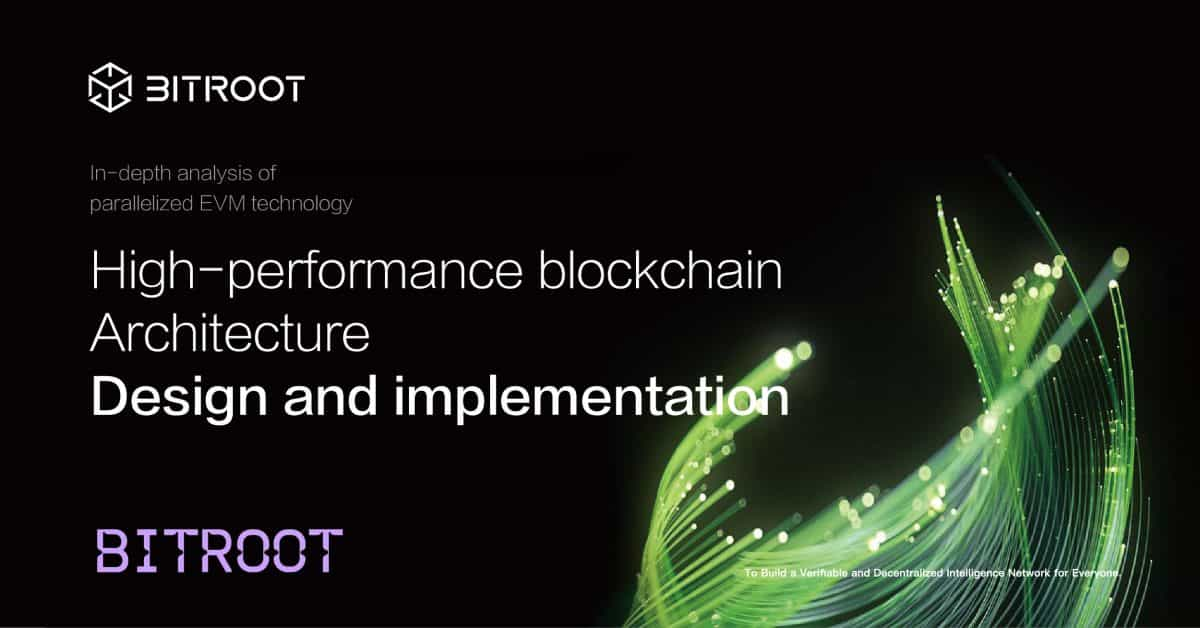Stroom Network raises $3.5 million to launch Bitcoin 'liquid staking' on Lightning

Quick Take
- Stroom Network raised $3.5 million in an oversubscribed seed funding round led by Berlin-based crypto investment firm Greenfield.
- The funding will be used for team expansion, launching Bitcoin “liquid staking” on Lightning and releasing a corresponding lnBTC derivative token on Ethereum.

Stroom Network, a "liquid staking" protocol for Bitcoin's Lightning Network, has raised $3.5 million in an oversubscribed seed funding round.
The round was led by Berlin-based crypto investment firm Greenfield, with participation from Lemniscap, No Limit Holdings, Cogitent Ventures and Mission Street, Ankr's venture arm, according to a statement.
The funding will be used for team expansion and launching Bitcoin "liquid staking" on Lightning, including releasing a corresponding Ethereum-based wrapped token, lnBTC.
The Lightning Network is a second-layer solution of bi-directional payment channels built on top of the Bitcoin blockchain, designed to enable fast and low-cost transactions. Liquid staking protocols normally enable users to earn staking rewards on an underlying proof-of-stake blockchain asset, commonly ether, while also unlocking its utility and liquidity across various DeFi applications in the form of a liquid staking derivative token. Stroom operates in a similar way.
Bridging Bitcoin and Ethereum
Stroom's protocol allows users to leverage their bitcoin capital on both the Lightning Network and Ethereum. By depositing bitcoin on Lightning, users can earn routing fees from payments made on the network. Simultaneously, Stroom issues a wrapped bitcoin token, lnBTC, on Ethereum, pegged at a 1:1 ratio with bitcoin, enabling users to explore further yield opportunities across the Ethereum ecosystem, similarly to WBTC.
Stroom CEO Rostyslav Shvets, who has prior experience at blockchain service provider Bitfury and liquid staking platform Lido, said there was untapped potential in the Lightning Network, especially given the recent integration by Binance.
"Lightning Network is the most promising payment rails technology out there, but it still hasn't hit mass adoption," Shvets said. "One of the main reasons is the lack of liquidity, which affects the robustness of the network and the success rate of payments."
"Our goal is to provide anyone with an easy way to earn Lightning routing fees and contribute to Bitcoin’s scalability," Stroom CTO Slava Zhygulin added.
Zhygulin has been working on Lightning since 2016, co-authoring a white paper for a routing algorithm called Flare alongside Stroom's core developer Mykola Sahno, Lightning Labs co-founder and CTO Olaoluwa Osuntokun, and others.
"We are able to do so by alleviating the technical complexities associated with managing a Lightning node and by introducing DeFi mechanics. We think these mechanics can persuade Ethereum-savvy Bitcoin users to deploy liquidity to Lightning while retaining their yield in Ethereum," Zhygulin said.
Decentralizing bitcoin yields
Bitcoin holders currently face limited options to earn yield, each with its challenges. Whether involving trusting centralized entities, settling for less attractive decentralized lending yields or grappling with the technicalities of setting up Lightning nodes to earn routing fees.
Bitcoin loan products were once the most popular way to earn a yield on bitcoin deposits. However, the sector suffered significant setbacks after a tumultuous 2022 for centralized crypto lending services — a period that saw the collapse into bankruptcy of firms like Celsius, BlockFi, Voyager Digital and Genesis.
Stroom aims to combine these solutions in a decentralized, transparent and secure way, building DAO-like structures powered by multi-party computation (MPC) to oversee users' funds, modify incentives, upgrade the protocol and form a treasury for allocating protocol fees generated, without users having to maintain their own Lightning node infrastructure.
MPC is a cryptographic technology that can improve existing multi-sig techniques, effectively allowing wallet keys to be "split" between parties.
"The Lightning Network is well positioned to become the payment system of tomorrow, not only with bitcoin, but with many other crypto assets transacting over the network," Greenfield Principal Jendrik Poloczek said. The Stroom protocol "sources dormant bitcoin liquidity to be actively used to bolster the Lightning Network and at the same time provide competitive yields for liquidity providers," Poloczek added.
Last month, the Lightning Network hit a record-high capacity of 5,640 BTC ($175 million) before abruptly dropping, according to The Block's data dashboard. Lightning's current capacity stands at 4,830 BTC ($133 million).
© 2025 The Block. All Rights Reserved. This article is provided for informational purposes only. It is not offered or intended to be used as legal, tax, investment, financial, or other advice.







